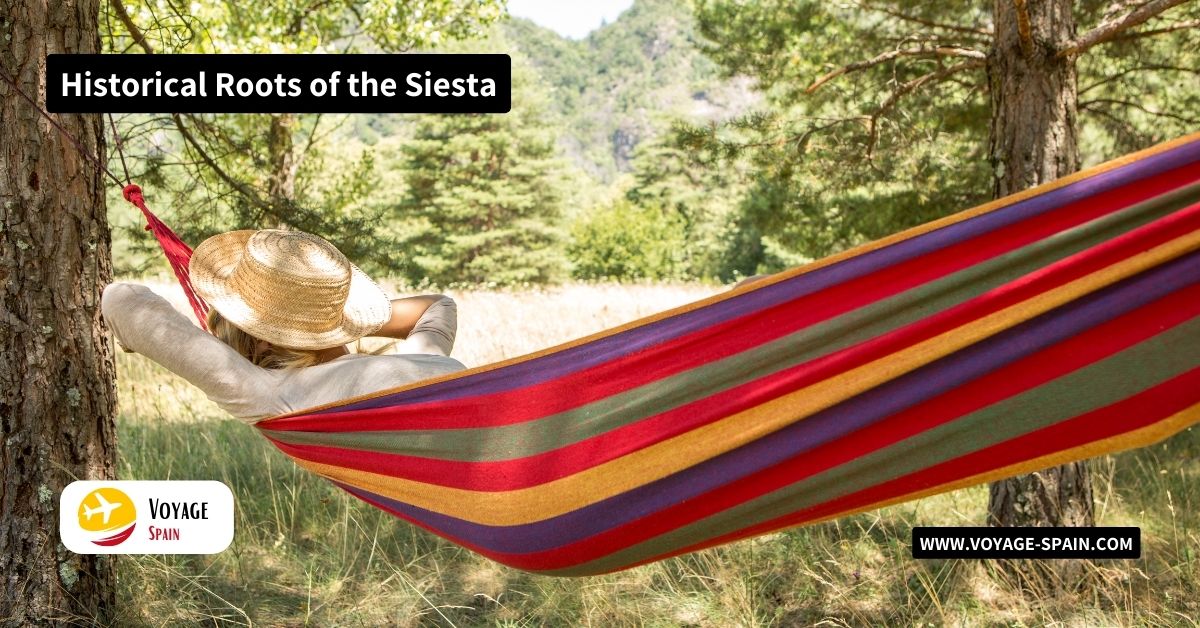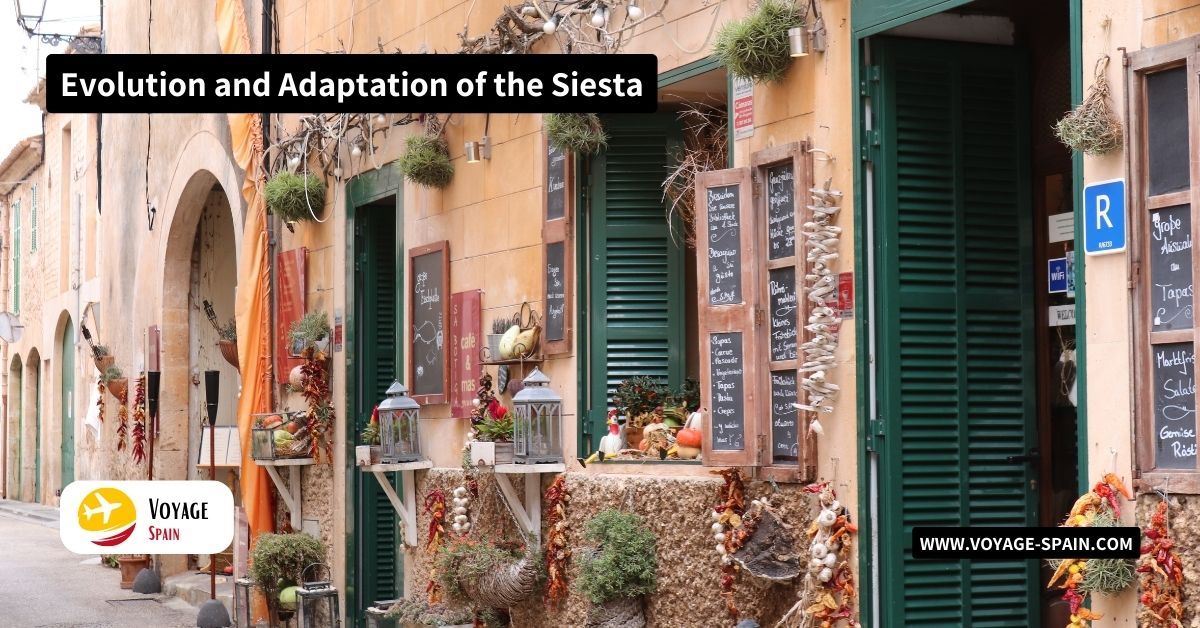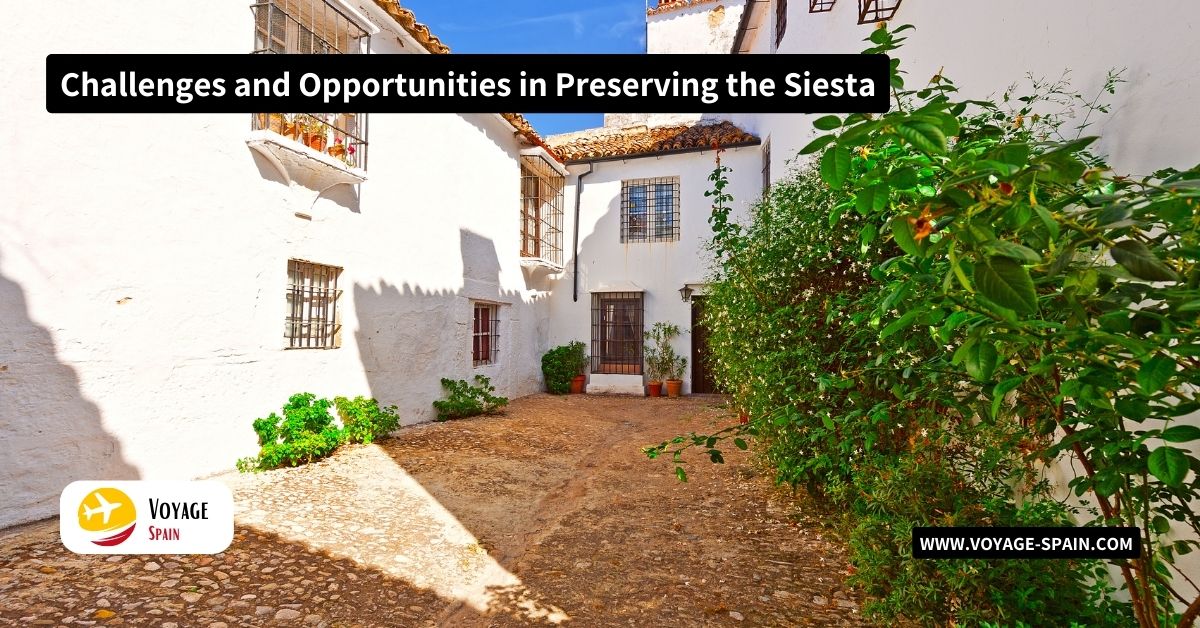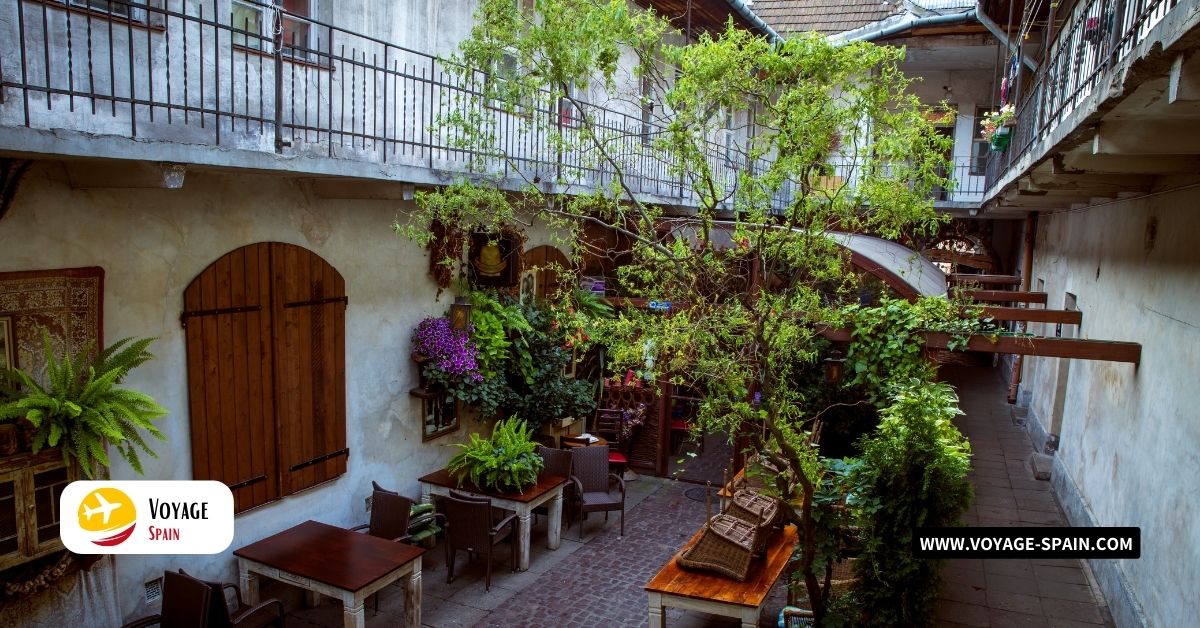Introduction
First, let’s journey back in time to uncover the origins of the siesta. Dating back to ancient civilizations, this midday break has evolved over centuries, shaped by factors like climate, agriculture, and societal norms. Its story is as rich and varied as Spain’s diverse landscapes.
Historical Roots of the Siesta
The siesta isn’t just a recent trend—it goes way back. Ancient civilizations like the Romans and Greeks are believed to have embraced midday naps to escape the heat and replenish their energy. Over time, this practice became ingrained in Mediterranean cultures, including Spain.
Factors like Spain’s warm climate and agrarian lifestyle played a big role in shaping the siesta tradition. Farmers needed a break from toiling under the sun, and the midday heat made resting a necessity. Cultural norms also played a part, with leisurely lunches and social gatherings during the siesta hour becoming commonplace.
References to the siesta abound in Spanish literature, art, and folklore. From paintings depicting people dozing under shady trees to stories of characters enjoying a midday respite, the siesta has been celebrated and romanticized throughout history. It’s not just a nap; it’s a cultural touchstone that has endured the test of time.
Cultural Significance and Lifestyle Impact
In Spain, the siesta isn’t just about catching up on sleep—it’s a way of life. Here’s why the traditional midday break matters:
- Leisure, relaxation, and socialization: The siesta isn’t just a nap; it’s a chance to unwind and connect with friends and family. It’s a time to enjoy a leisurely meal, take a stroll, or simply relax under the warm sun.
- Impact on daily life and work patterns: Historically, the siesta dictated the rhythm of daily life in Spain. Work would pause in the afternoon as people retreated indoors to escape the scorching heat. Even today, the siesta continues to influence work schedules and social norms, with many businesses closing for a few hours in the afternoon.
- Reflection of cultural values: The siesta reflects Spain’s laid-back approach to life and its emphasis on work-life balance. It’s a reminder to prioritize rest and relaxation amidst the hustle and bustle of modern life. In a culture that values family, community, and enjoying the simple pleasures, the siesta is more than just a tradition—it’s a reflection of deeper cultural values.
Evolution and Adaptation of the Siesta
The siesta has undergone changes as Spain has modernized. With the rise of modern lifestyles, urbanization, and globalization, the traditional midday break isn’t as universally observed as it once was. Many urban areas now have 24/7 lifestyles, with people opting for shorter breaks or skipping the siesta altogether to keep up with busy schedules.
Regional variations in siesta customs add depth to Spain’s cultural landscape. While some regions still embrace the siesta as a sacred tradition, others have adopted more flexible attitudes towards midday rest. Factors like climate, local customs, and economic activities influence how the siesta is practiced across different parts of Spain.
Debates over the relevance and sustainability of the siesta continue to spark discussion. Some argue that the siesta is an outdated practice that hampers productivity and economic growth. Others view it as an essential part of Spanish culture, promoting well-being and preserving traditions in an increasingly fast-paced world. Finding a balance between tradition and modernity remains a hot topic in contemporary Spanish society.
Societal Perceptions and Debates Surrounding the Siesta
Opinions on the siesta vary widely across Spanish society. Different generations, socio-economic groups, and regions hold diverse views on the tradition. While some see the siesta as an essential part of Spanish culture, others view it as outdated or unnecessary, especially in urban areas where the pace of life is faster.
Perceptions of the siesta have evolved over time. Once revered as a cherished cultural tradition, the siesta now faces criticism from some quarters for its perceived lack of productivity. As Spain has modernized, attitudes towards the siesta have shifted, with many questioning its relevance in today’s fast-paced world.
Media, politics, and popular culture play a significant role in shaping public discourse about the siesta. Depictions of the siesta in films, literature, and social media influence how it is perceived by the general public. Political debates often touch on the topic, with discussions about work-life balance and economic efficiency intersecting with cultural considerations surrounding the siesta.
Scientific Perspectives on the Siesta
Ever wonder why the siesta feels so good? Let’s dive into the science behind this beloved tradition
Physiological and psychological benefits
Research shows that napping, like the siesta, can boost cognitive function, memory, and mood. Short naps during the day can help alleviate fatigue and improve alertness, making it easier to tackle tasks with renewed energy.
Alignment with circadian rhythms
The siesta isn’t just a cultural quirk—it’s in sync with our natural sleep-wake cycle. Taking a break during the midday slump aligns with the body’s circadian rhythms, promoting better sleep quality and overall well-being. Plus, a well-timed nap can enhance productivity and creativity, setting you up for success in the afternoon.
Dispelling misconceptions
Contrary to popular belief, the siesta isn’t a sign of laziness—it’s a smart strategy for recharging your batteries. While some may think napping leads to grogginess, scientific evidence suggests otherwise. When done right, the siesta can be a powerful tool for enhancing performance and revitalizing the mind.
Challenges and Opportunities in Preserving the Siesta
As the world speeds up, the traditional siesta faces some hurdles. Here’s what’s at stake and how we’re tackling it:
- Changing work schedules: With the rise of 24/7 industries and flexible work arrangements, the traditional siesta clashes with modern work schedules. Many businesses now operate around the clock, leaving little room for midday breaks.
- Economic pressures: In today’s competitive market, businesses are under pressure to maximize productivity and efficiency. Some see the siesta as a luxury they can’t afford, opting to keep operations running non-stop to stay ahead.
- Cultural shifts: As Spain evolves, so do its cultural practices. Younger generations may view the siesta differently than their ancestors, prioritizing different aspects of work-life balance.
Conclusion
The traditional Spanish siesta is more than just a nap—it’s a cultural cornerstone, reflecting centuries of history, values, and societal norms. From its ancient origins to its modern-day practice, the siesta embodies the Spanish approach to leisure, relaxation, and community, shaping daily life and work patterns across the country.
Despite challenges and changing lifestyles, the siesta remains relevant, symbolizing a commitment to cultural heritage and a balanced lifestyle. As we look ahead, its enduring presence prompts us to consider the broader implications of cultural traditions like the siesta, encouraging us to prioritize rest, community, and well-being in an increasingly fast-paced world.
FAQs
Q1: How Long Is A Typical Siesta?
A typical siesta lasts around 20 minutes to 2 hours, with the duration varying based on personal preference and cultural norms.
Q2: Who Introduced The Practice Of Siesta?
The practice of siesta is believed to have originated in ancient civilizations, such as the Romans and Greeks, before being adopted and popularized in Spain.
Q3: Why Was Siesta A Popular Tradition In Spain And Where Do They Still Practice This?
Siesta was a popular tradition in Spain due to its warm climate and agrarian lifestyle, making midday rest a necessity to escape the heat. While the siesta is still practiced in some regions of Spain, its prevalence has declined in urban areas and among younger generations.
Q4: Do All Spaniards Still Practice The Siesta?
No, not all Spaniards still practice the siesta. Its observance varies depending on factors such as location, occupation, and personal preferences.
Q5: What Cultures Have Siestas?
Siestas are common in various cultures around the world, particularly in regions with warm climates. Aside from Spain, countries such as Greece, Italy, Mexico, and some parts of Latin America also observe siesta traditions.
Q6: What Do Spaniards Do In Free Time?
In their free time, Spaniards often enjoy socializing with friends and family, dining out at restaurants, participating in outdoor activities like walking or cycling, attending cultural events, or simply relaxing at home.












